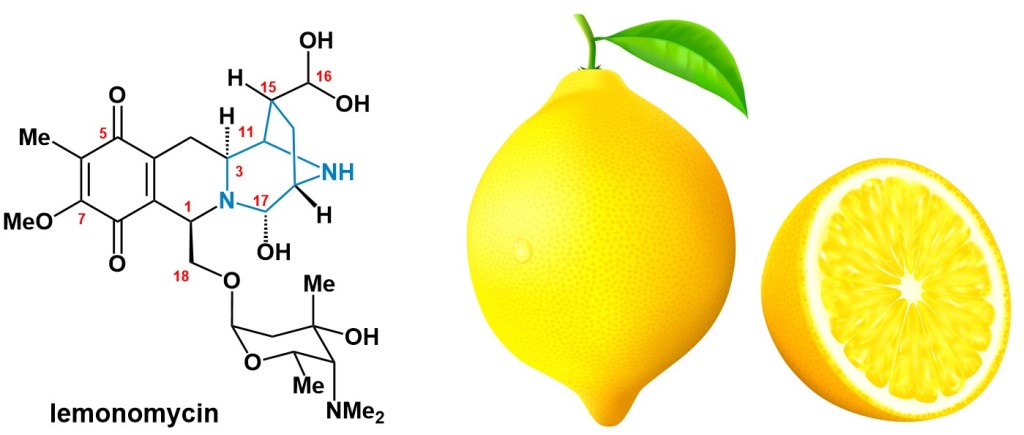Lemonomycin (1) was first isolated from the fermentation broth of Streptomyces candidus in 1964. The complete chemical structure was not elucidated until 2000 with extensive spectroscopic analysis. Lemonomycin is currently known as the only glycosylated tetrahydroisoquinoline antibiotic. Its potent antibacterial activity against Staphylococcus aureus and Bacillus subtilis and complex architecture make it an ideal target for total synthesis. In this short review, we summarize the research status of lemonomycin for biological activity, biosynthesis and chemical synthesis. The unique deoxy aminosugar-lemonose was proposed to play a crucial role in biological activity, as shown in other antibiotics, such as arimetamycin A, nocathiacin I, glycothiohexide α, and thiazamycins. Given the self-resistance of the original bacterial host, the integration of biosynthesis and chemical synthesis to pursue efficient synthesis and further derivatization is in high demand for the development of novel antibiotics to combat antibiotic-resistant infections.

